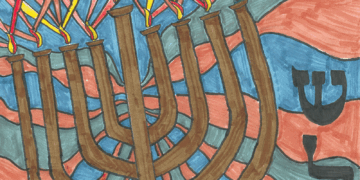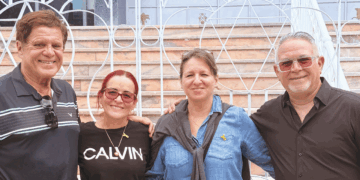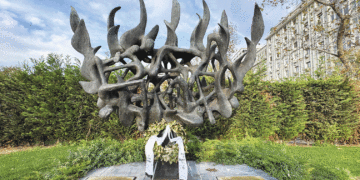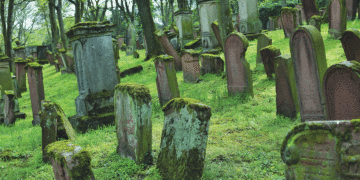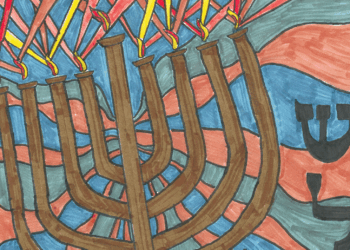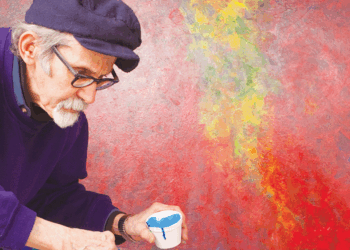Israeli art expert Yehudit Shendar returns to Minnesota in April to talk about her work on a task force investigating a billion-dollar cache of Nazi-looted artworks
By MORDECAI SPECKTOR
In March 2012, Bavarian tax authorities raided an apartment in the Schwabing neighborhood of Munich. More than 1,300 artworks — everything from old masters to works by Marc Chagall and Henri Matisse — were found in the possession of Cornelius Gurlitt.
News about the seized artworks, what is referred to as the Schwabing Art Trove, was first reported in November 2013. The artworks were suspected of being looted from Jewish collectors during World War II.
Gurlitt’s father, Hildebrand Gurlitt, was an art dealer appointed to work for the Führermuseum in Linz, Austria. He was ordered by the Third Reich’s Ministry of Public Enlightenment and Propaganda, which was led by Joseph Goebbels, to trade in modern art during the war.
“It all started as a matter of tax evasion,” explained Yehudit Shendar, regarding Cornelius Gurlitt being caught on the German-Switzerland border carrying a large amount of cash. “Only later on did [the German authorities] realize who Mr. Gurlitt was, and who his father was; and they realized later on that it was connected to Nazi-era [art] looting.”
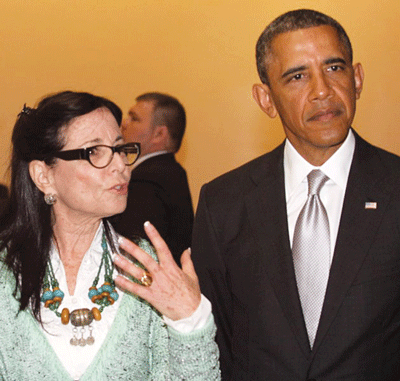
Shendar talked to the American Jewish World recently by phone from her home in Jaffa, Israel.
As she was about to retire from Yad Vashem, where she was the deputy director of the museums division and director of the art museum, Shendar was asked to become a member of the Schwabinger Kunstfund, the international task force dealing with the $1.4 billion art trove discovered in Munich.
Shendar returns to Minnesota next month to talk about her new appointment.
She will deliver the d’var Torah — titled “Give Art a Chance: The Triumph of an Art Historian and Art Curator” — Saturday, April 11 at Beth Jacob Congregation in Mendota Heights.
Also, she will speak on “The Insatiable Pursuit of Art: Nazi Art Looting — Perpetrators, Victims, Provenance Researchers” 7 p.m. Tuesday, April 14 at the Weisman Art Museum, on the University of Minnesota East Bank campus. A light reception preceding the talk will take place 6:15 p.m. (To make a reservation, go to: shendar.eventbrite.com.)
Many Jewish World readers know Shendar from her tenure, 1990-1998, as the director of Hebrew studies at the U of M.
(Her daughter, Ronni Shendar, was an intern at the AJW many years ago. She now lives in Berlin, and works as a visual artist and curator. You can see her work at: ronni-shendar.com.)
Regarding the work of the task force investigating the Schwabing Art Trove, the situation has become more complicated.
Cornelius Gurlitt died in 2014, and before his death, willed the entire art collection to the Kunstmuseum Bern in Switzerland.
However, Shendar pointed out that the task force “has been given the mission to research the [Gurlitt] collection, and try and locate those works which were looted from Jews during World War II.”
And Gurlitt had agreed that he would allow the task force time to identify the provenance of artworks in the collection, and if a piece was found to have been from a Jewish family, “he would return it with no further legalities.”
Shendar explained that, according to German law, “this still holds true, even after the bequest to the Bern Museum. So, legally now the Bern Museum in Switzerland is the owner; but the German federal government is the one to conduct the research, and I’m actually engaged by the federal German government to do that job.”
The Schwabing Art Trove task “has been working for almost a year,” Shendar told the AJW, and added that it “has now been given another year, with the understanding of everyone involved that provenance research takes ages. It’s not a process that can be done quickly or haphazardly.”
Regarding the task force, Shendar mentioned that there’s an American, Jane Milosch, who is “in charge of all provenance research at the Smithsonian.”
The task force uses a proprietary Internet platform to enter their work, in between actual meetings. Shendar said that the next meeting is May 9, in Berlin.
At stake in the task force deliberations is the fate of some of world’s greatest artworks, which were stored out of sight.
“A lot of famous artists,” said Shendar, “Chagall, Matisse… you name it — the entire art history is there.”
In addition to the 1,300 artworks discovered in Cornelius Gurlitt’s Munich apartment, another 250 pieces were found in February 2014, in Gurlitt’s home near Salzburg, Austria.
Jonathan Petropoulos, a professor of history at Claremont McKenna College, called the Schwabing Art Trove “the most important discovery of Nazi-looted art since the Allies discovered the hoards in the salt mines and the castles.”
His reference is to the story popularized in George Clooney’s 2014 movie, The Monuments Men.
On this point, Shendar commented, “Americans finally have learned of something which is absolutely admirable, that in the midst of the war there was the recognition that art is being looted — not only from Jews,” but also art, from museums and other collections, that the Germans had termed as “Germanic art.”
Works by the Dutch master Rembrandt, for example, were classified as Germanic, because Hitler liked Rembrandt, according to Shendar.
During World War II, Americans saw the Nazi looting “and put together the Monuments Men,” whose “biggest job,” said Shendar, was in the immediate postwar period, “sorting out 600,000 works of art, which they found throughout the occupied territories, in castles, in underground mines… and they put it into collection points; and at the collection points there were art historians doing the first provenance research on the spot, and trying to learn where it came from and give it back to the governments. It was up to the governments to give it back to the individuals; and here the process got somewhat messy.”
It’s probably safe to say that the final chapter in the story of Nazi-looted art has yet to be written.
(American Jewish World, 3.27.15)


